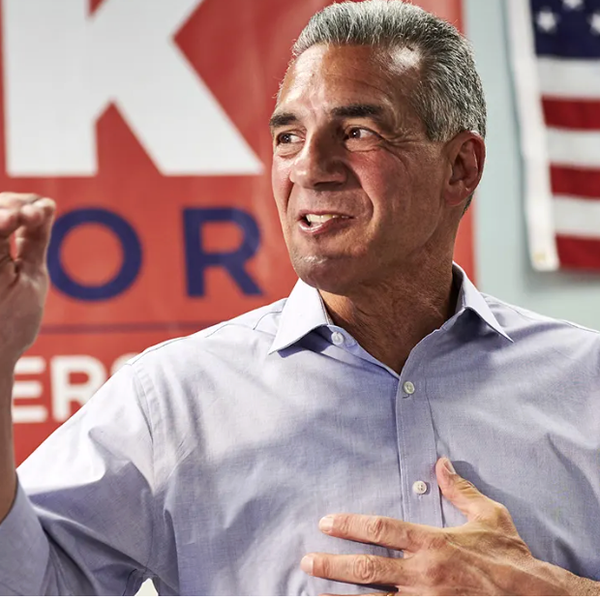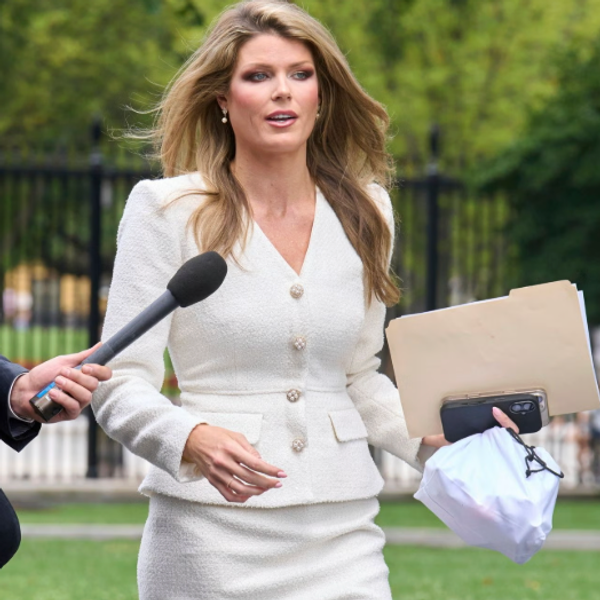
Reprinted with permission from Creators
It was once said of a Philadelphia Phillies outfielder renowned for his defensive prowess, "Two-thirds of the Earth is covered by water, the other one-third by Garry Maddox." At 72, Maddox can no longer cover quite that much ground. But then, there is less to cover. Every day, the areas underwater seem to be expanding.
This week, a storm known as a bomb cyclone lashed the Pacific Northwest from central California to British Columbia, dumping record rainfall in some places and two feet of snow on the Sierra Nevada Mountains. Across the continent, downpours swamped New York and New Jersey, less than two months after Hurricane Ida made the New York subway system into an underground river. So far this year, floods have claimed 142 lives in the United States.
All that water wrecks property as well — an average of $15 billion every year. But that number is projected to double over the next 30 years. Climate change is one big reason.
"While it is difficult to make a direct link between an individual extreme event and climate change, it is clear that we need to be prepared to face more intense and more frequent extreme hydro-meteorological events due to climate change," said Pascal Peduzzi, an official with the United Nations Environment Programme. Floods will arrive in areas that have not experienced flooding in the past — and get worse in areas that have.
Taxpayers are on the hook for much of the resulting property loss. Anyone with a federally backed mortgage has to buy and maintain federal insurance on properties located in flood plains. But the flood insurance program collects far less from property owners than it pays out. By keeping rates low, it has encouraged people to build homes and businesses that are apt to be submerged.
In the near future, we can't prevent the more frequent extreme weather events unleashed by global warming. But we can do something to discourage construction in flood-prone areas. Fortunately, the Biden administration is starting to do it.
On October 1, the Federal Emergency Management Agency began factoring climate change into its risk assessments. Next year, most of the 5 million policyholders will face a higher premium — which will then go up 18 percent each year over the next two decades. In some parts of Florida, says The New York Times, "the cost of flood insurance will eventually increase tenfold."
The change, which had been delayed by the Trump administration, represents a major reform. The change will reduce the damage from future storms while putting the flood insurance program on a sounder financial footing.
It should also deter developers and individuals from erecting structures in places better suited for habitation by turtles and pelicans than humans. Most of the affected areas are along the coasts, but some are near inland rivers that spill over more often than they used to.
The program, as administered until now, has other perverse attributes. One is skewing benefits disproportionately to high-income communities. Another is typically undercharging people with expensive homes while overcharging those with more modest dwellings.
A beachfront mansion gets off easy, while a modest bungalow farther inland doesn't. The new system helps to correct such inequities: 23 percent of policyholders will see their rates go down.
At a time when oceans are rising and storms are intensifying, federal flood insurance has also fueled population growth in the very coastal areas that face the greatest threat.
Not only has the program encouraged people to build houses in high-risk areas; it has encouraged them to rebuild after nature has done its worst. Some 30,000 homes covered by the program have been wrecked multiple times. Insurance should foster prudence by penalizing folly. This version does just the opposite.
But the Biden reforms don't sit well with politicians whose constituents will face higher premiums. Sen. Charles Schumer (D-NY) is a liberal, and Sen. John Kennedy (R-LA) is a conservative, but both signed a letter to FEMA taking issue with the changes. Joining them in this bipartisan opposition were senators from New Jersey, Florida and Mississippi. Guess what those states have in common.
Insurance exists so that people can protect against hazards that are not certain but are foreseeable. Far be it from me to begrudge those who own big boats. But they can buy their own life jackets.
Follow Steve Chapman on Twitter @SteveChapman13 or at https://www.facebook.com/stevechapman13. To find out more about Steve Chapman and read features by other Creators Syndicate writers and cartoonists, visit the Creators Syndicate website at www.creators.com.








